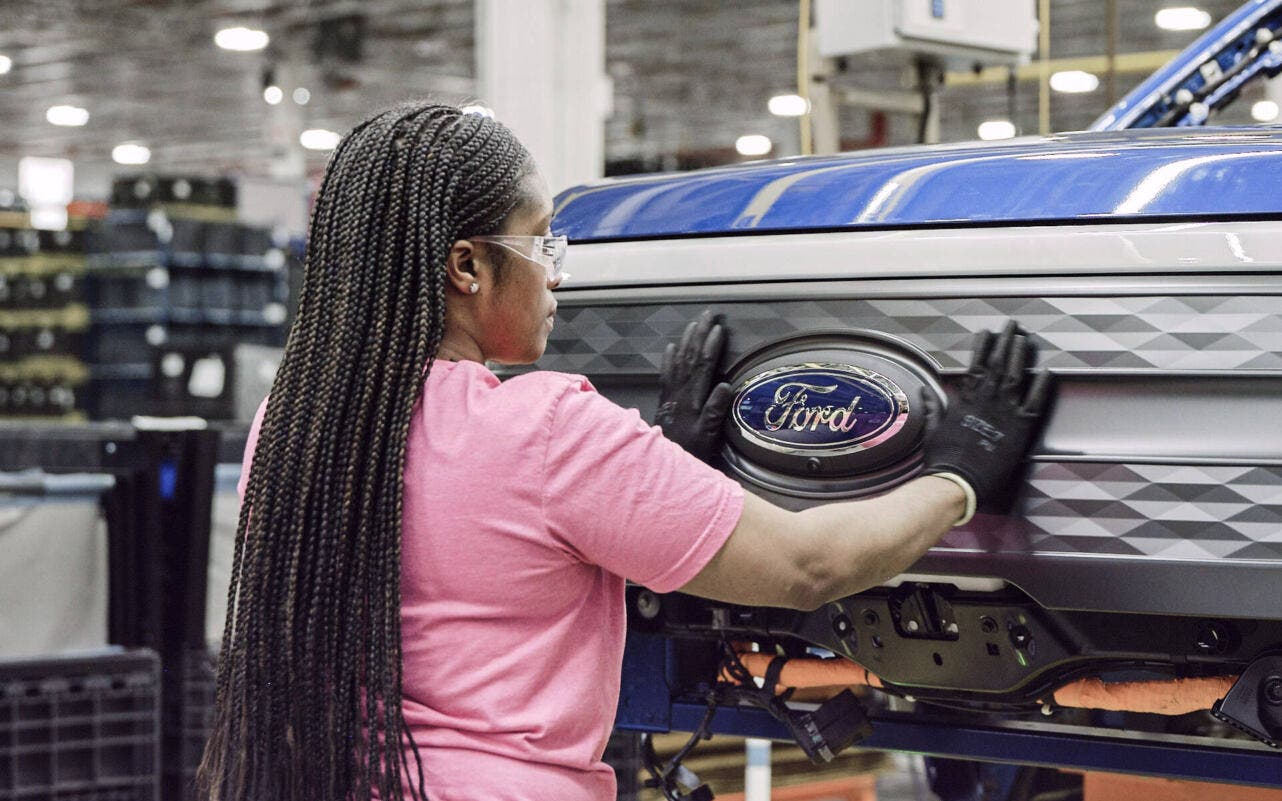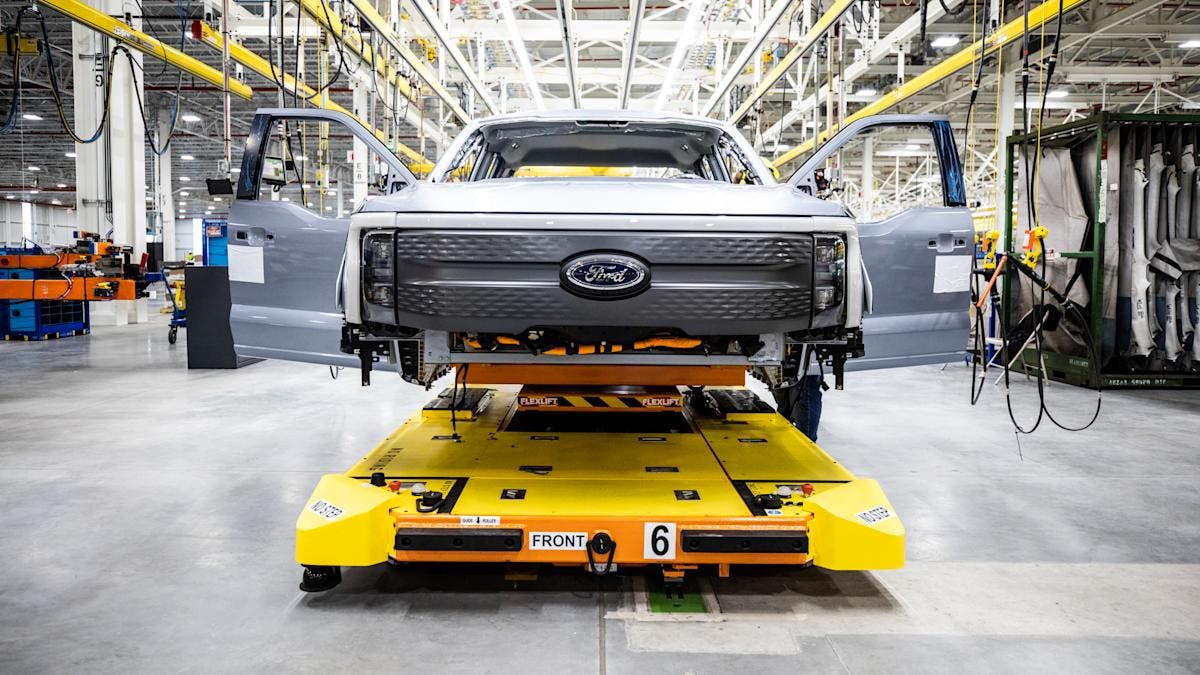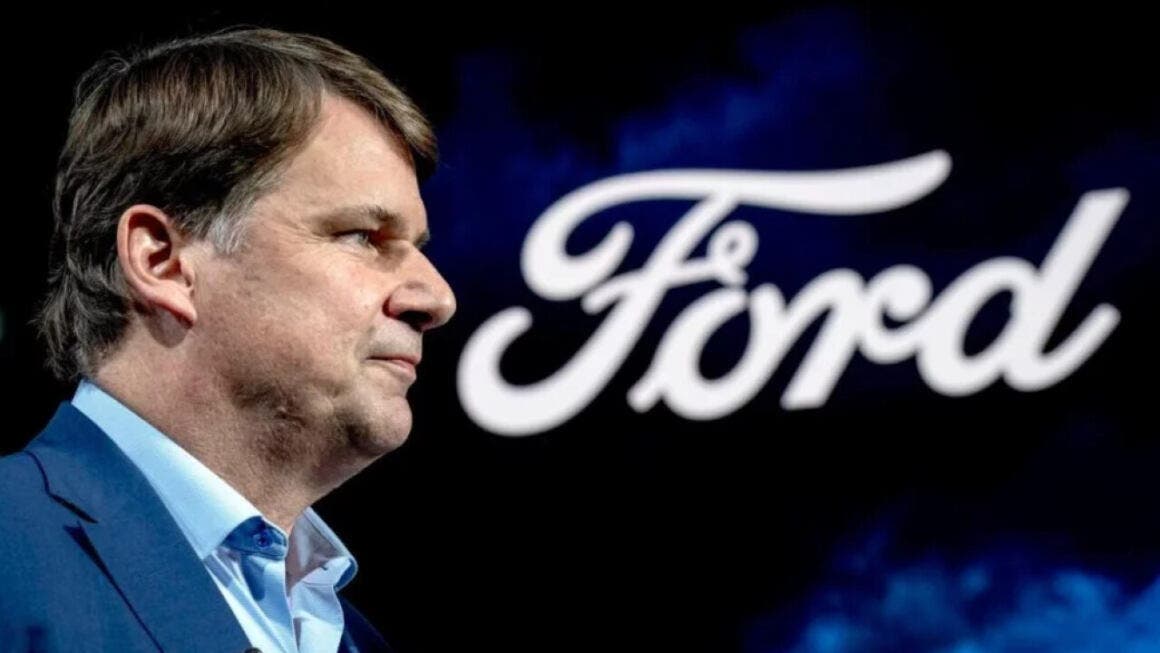Ford is gearing up for what might be the most crucial moment in its modern electric future. During the Q2 2025 earnings call, CEO Jim Farley revealed that August 11 will mark a turning point for the company, a day he claims could redefine Ford’s place in the EV world.
On that date, Ford will officially unveil a next-generation electric vehicle platform alongside a “breakthrough” model designed entirely in the United States. Farley described the upcoming launch as “our new Model T,” referencing the historic car that revolutionized mobility in the early 20th century through affordable mass production.

That bold comparison hints at the scale and ambition behind Ford’s top-secret “skunkworks” project, which has quietly been in development behind the scenes. The goal is to deliver a new family of electric vehicles that are not only affordable and highly efficient, but also packed with smart, next-gen technology.
Industry rumors suggest the new EV platform could underpin multiple vehicle types, including a compact SUV, a small electric pickup, and possibly even a delivery-oriented commercial van.
Ford’s move comes at an important moment for the US EV market, which is currently grappling with shrinking tax incentives, fluctuating consumer demand, and stricter emissions regulations on the horizon. In response, Ford has temporarily shifted focus toward hybrid variants and bestselling gas-powered trucks and SUVs, which continue to drive profits.

Farley made it clear that Ford isn’t backing away from electrification. Instead, it’s doubling down: “On August 11, we’ll introduce a new generation of EVs that deliver exceptional efficiency, smart use of space, and cutting-edge tech”, he said. And the message may resonate far beyond American shores, including Europe, where Ford’s electric strategy has faced its own set of hurdles.
These new EVs will be built in the US and powered by low-cost LFP batteries, with production set to begin in 2026 at the BlueOval Battery Park Michigan. This facility will manufacture America’s first domestically produced LFP cells for automotive use. And while there’s no confirmation yet, a European release could still be on the table, especially as Ford looks to strengthen its presence in the region.
